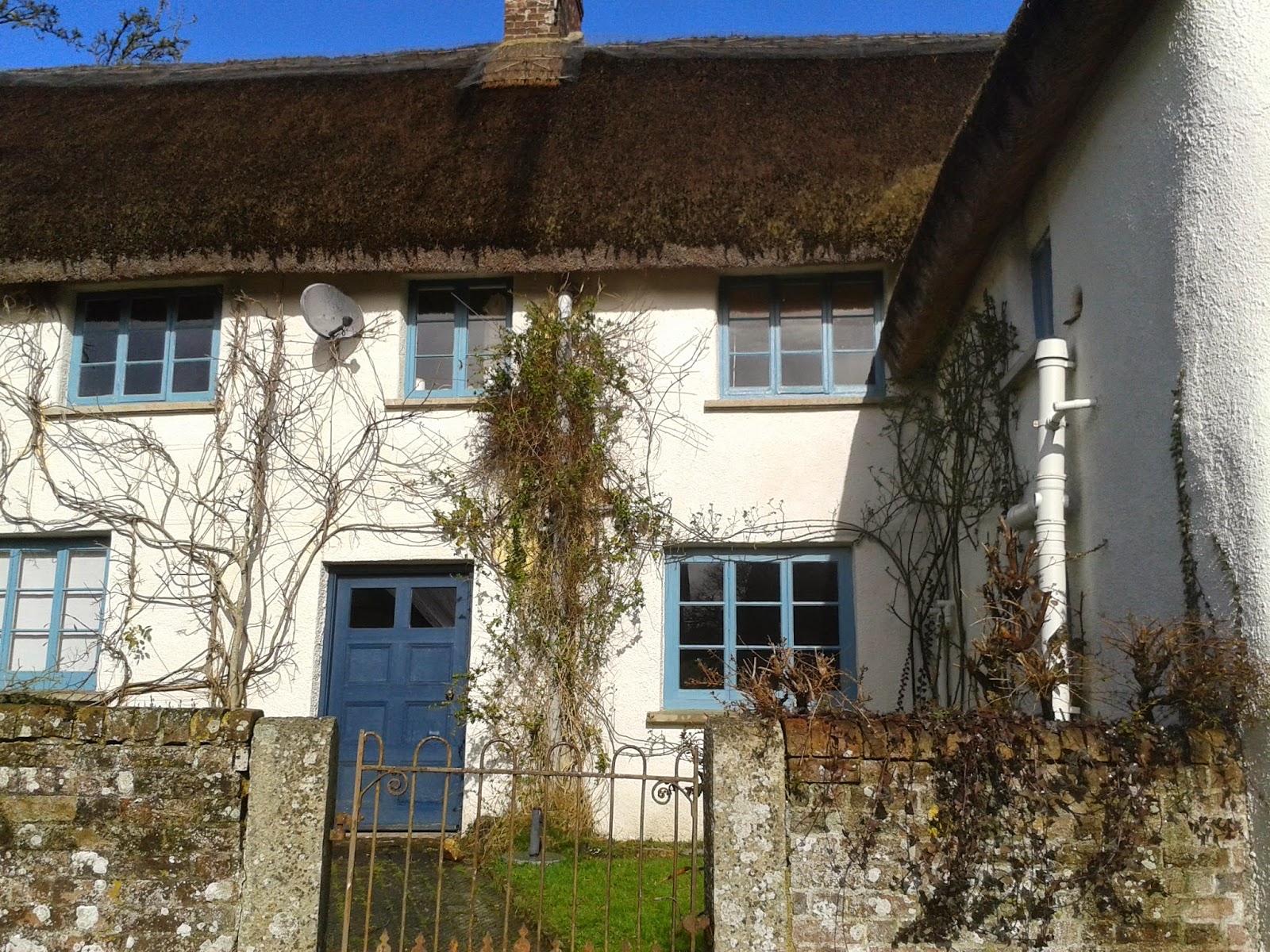The different feedback loops and causes of climate change gave a good base on which to build the knowledge. The aspects affecting people, such as food security and sea level rises were combined with other influences such as population increase to show that these changes in our future are not independent. All the factors will combine to produce the challenges we will have to face.
 |
| Lovely woodland in Devon |
The different forms of mitigation were fascinating, from the simple (painting the roof white) to the incredibly complicated and controversial geoengineering. Steps to reduce the effects of climate change can be done on individual, community, national and global scales. This last week has spurred me on to thinking about how I can have a part in this on an individual scale, and possibly on a community scale too.
The causes of climate change are global and are fed by our desires to develop in industry and standard of living. But it seems to me that by making life more comfortable now we are creating serious problems for future generations.
This course has been an eye-opener and this topic is one I hope to follow, now feeling a bit more informed, to see what happens and what I can do to reduce its affects.
Thank you to the staff and students at Exeter University for the hard work put into this course. And thank you fellow FutureLearn students for some really interesting discussions.




